The Basque Country, as well as other regions along the Northern coast of Spain, is often called “unique and unusual Spain.” The uniqueness of this region is in its people, ancient language, history, culture, the harmonious interweaving of antiquity and modernity, and marvelous wine and gastronomy.
Today, this beautiful region is famous for the mountains with green forests, the cold and harsh Bay of Biscay, large beautiful cities, small cute villages, delicious cheeses, wine and fine cuisine. Explore the most emblematic spots of this moderate corner of Spain and you’ll want to return.
My 7-day Basque Country itinerary is designed to assist you to discover all magnificent places and learn about the region and its people. Everyone will find something to his taste there. Nature lovers will also have a wide selection of great outdoor activities and lovely cities with wonderful beaches at the foothills of the Pyrenees.
Before I go into details on what to do and where to go, take a look at the list of things to know before you visit the Basque Country in Spain.
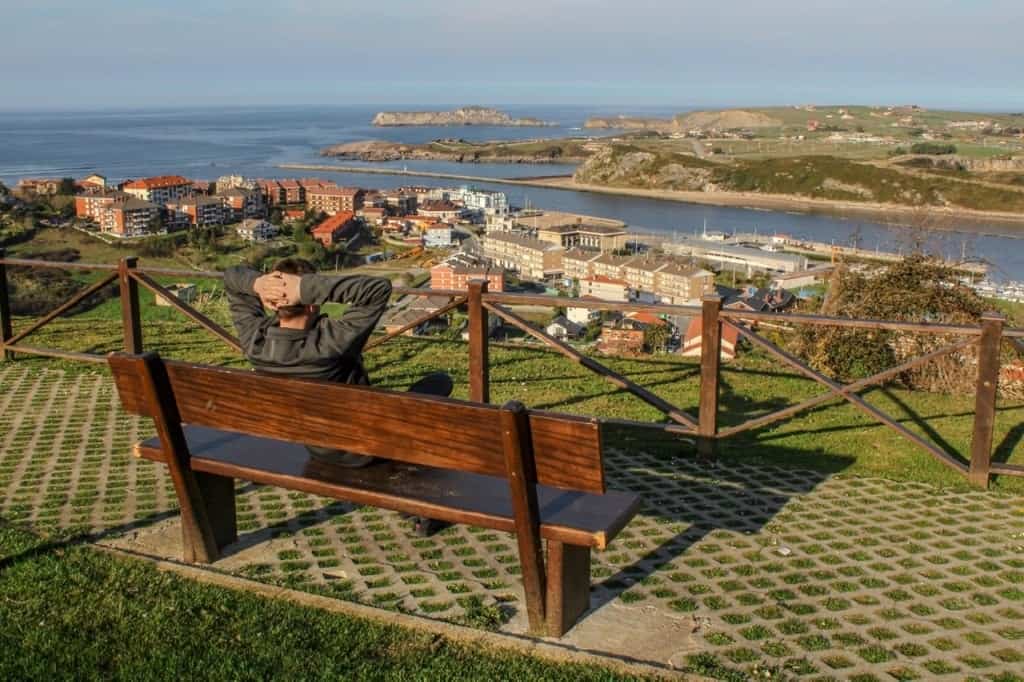
Table of Contents
Essential things to keep in mind when traveling through the Basque region:
The primary language is not Spanish
This can be quite confusing because this is Spain after all. Though Basque is the official language here, Spanish still comes second.
Although most people speak Basque and Spanish, it is not a guarantee that everyone you meet will be multilingual. This is why learning a few key Basque expressions before you go will get you far.
Do not talk politics
Most likely you won’t. Yet keep in mind that the Basque Country in Spain is almost perfectly split into two political subsets – those who are in support of the Basque region’s independence and those who are loyal to Spain.
You will see evidence of this all over but it is best if you keep your judgments to yourself. Particularly if you do not know who you are talking to.
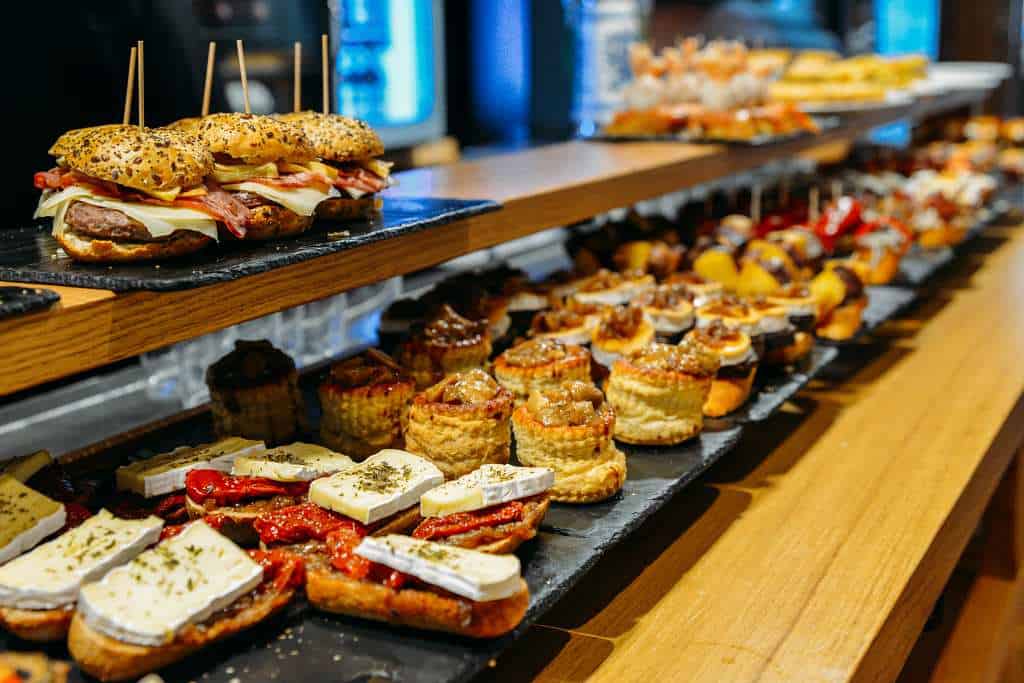
Don’t forget about pintxos
The Basque-style tapas are little bite-sized morsels that are the perfect pre-dinner appetizers or snacks.
There are lots of places entirely dedicated to serving up only these savory snacks, and the varieties are wide. Study up on some of the great choices before you arrive. Some of my favorites are prawn brochette, anchovy, and salted cod.
Know when to go
When should you go on a trip to the Basque Country? Many recklessly think that since this is a region of Spain, the southernmost European country, it is always warm there and any time of the year is good enough. But it is not the case.
In northern Spain, starting from the late autumn to early spring, local weather can be very cold, rainy and damp. Or maybe not. It’s just so unpredictable.
A lot of sources will say that the best time to visit is from April to October. I personally have been living in this part of Spain in the winter and was happy with my choice.
The only thing to remember, when traveling to the Basque Country during any season, it can rain any time.
So you may want, when packing for Spain, to put a travel-umbrella in your suitcase.
One-Week itinerary in Basque Country, Northern Spain
Day 1: Start with Bilbao
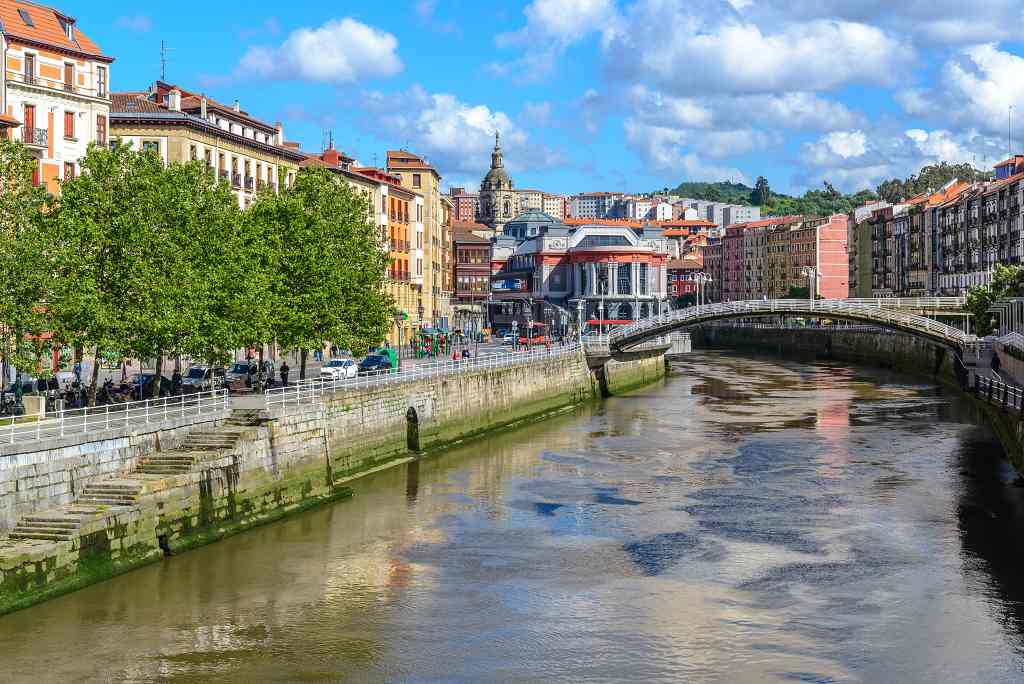
Beginning from the city of Bilbao, I highly suggest a visit to the Guggenheim Museum. Even if you are not a museum lover, this museum is worth a visit. The building is a great example of the most groundbreaking architecture in the 20th century.
You can head straight to the museum and then walk all along the Nervion river towards the Casco Viejo, admiring the extraordinary renovation of this part of the city. In the past, it used to be a very active industrial center but today it is full of modern construction and buildings such as the Cesar Pelli’s Iberdrola Tower,
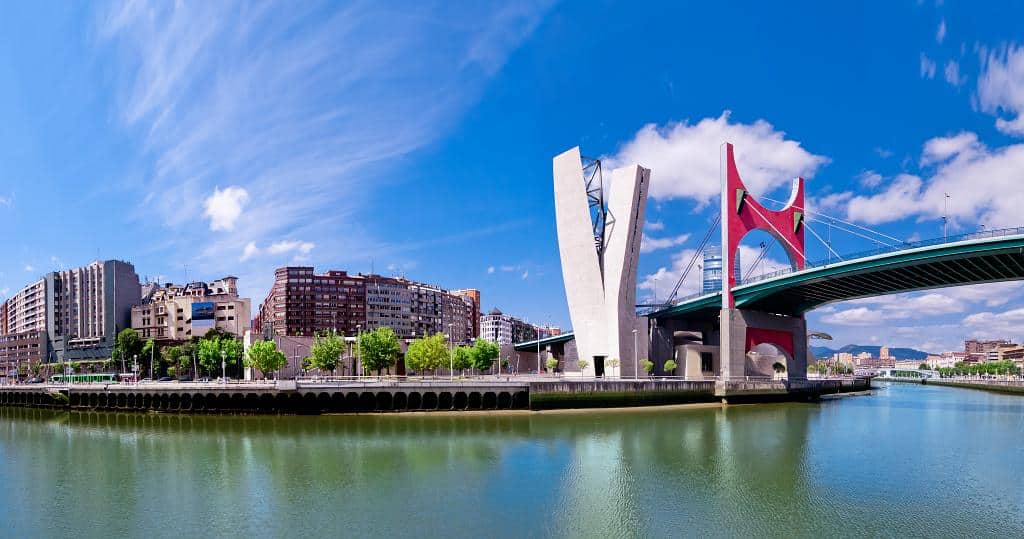
For the walk-in time, visit the modernist area with the gothic Cathedral of Santiago, Joaquin Ruicoba’s City Hall, Luis Ispizua’s Train Station, Arriaga Theater, La Ribera Market, and the Joaquin Ruicoba’s City Hall.
The Seven Streets of Casco Viejo is the oldest district and the original nucleus of the city of Bilbao which is a “must-visit” if you’d like to understand the beginnings of this city and try some excellent pintxos.
Day 2: Explore the Coast of Biscay
For the Basque Country coast exploration, you need to hire a car. Getting to half of the places I mention below is more challenging if you don’t have your own vehicle.
On the second day, after exploring Bilbao, you can head towards Donostia (municipality of San Sebastián) through the amazing Coast of Biscay.
On the way between Bilbao and San Sebastián, there are a lot of amazing places to stop by. Some of the most remarkable ones are Getxo, Bermeo, the astonishing San Juan de Gaztelugatxe island, World Heritage Bridge of Biscay, a small village of Mundaka, and quite a popular village of Gernika.
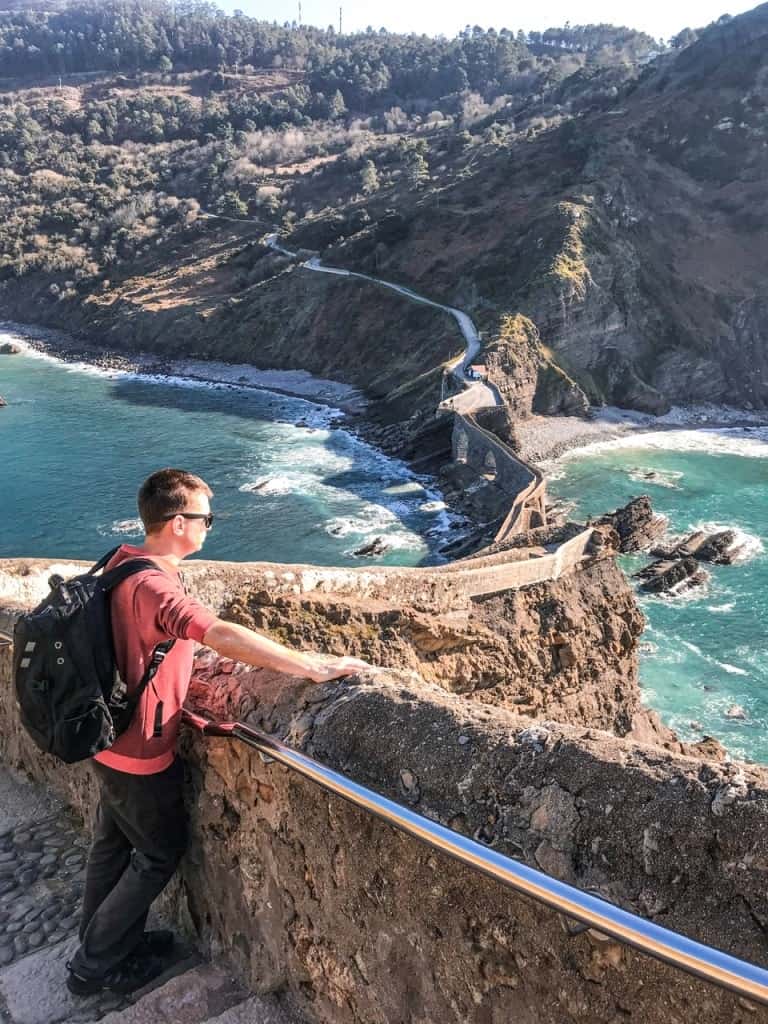
Making stops in all these points of interest will take up the entire day. So instead of going to stay in San Sebastián (where you can stay the following day), instead, choose the lovely town of Getaria. It can be your host town for this night and where you can explore a few interesting sights in the morning.
After an intense and very exciting day, make sure to enjoy an amazing dinner in one of the very prestigious restaurants. This delightful fishing town offers incredibly delish fish, well prepared in the barbecues.
Day 3: Getaria and San Sebastian
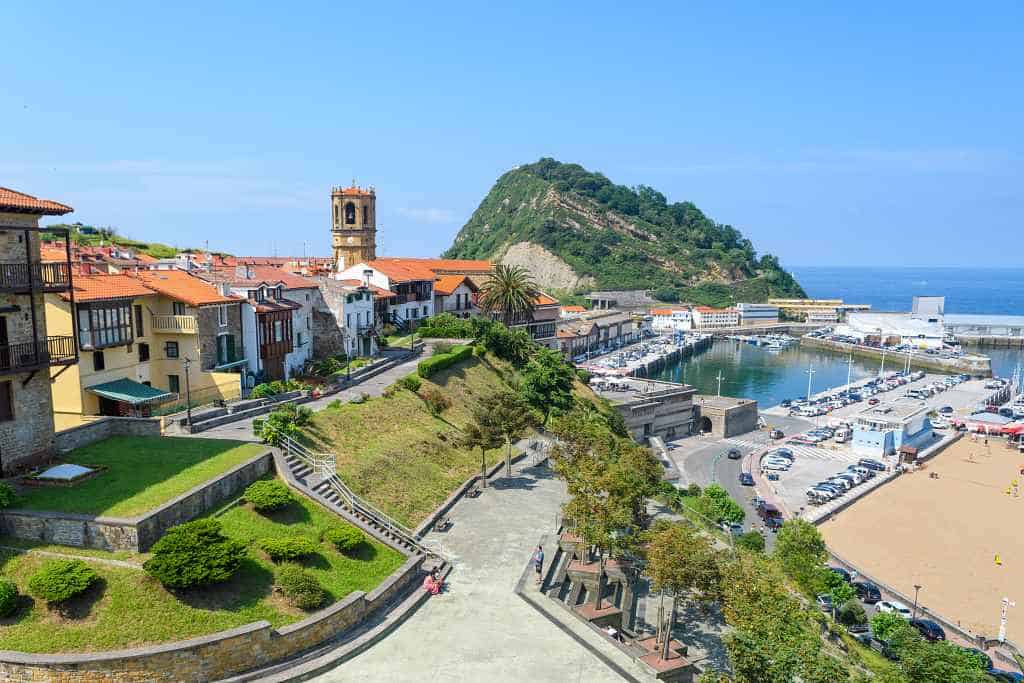
On the third day, in the morning you can explore a bit of Getaria. This town has an interesting Cristobal Balenciaga Museum, the monument that describes how Juan Sebastian Elkano, a famous local sailor, lead the first expedition that circumnavigated the Earth in the 16th century.
You can also visit Bodega Txakoli Aizpurua winery or D.O. Getariako Txakolina, the birthplace of San Ignatius of Loiola, founder of the Jesuits.
After an interesting and educating morning in the Urola region, it is time to enjoy a ride along the coast and through the mountains passing the towns of Orio and Zarautz, before you finally get to San Sebastian. I suggest you spend the night in San Sebastián city. In the evening, once you get there, visit and explore the local gastronomy with a must-do “pintxos tour” in the Old Quarter with a local host.
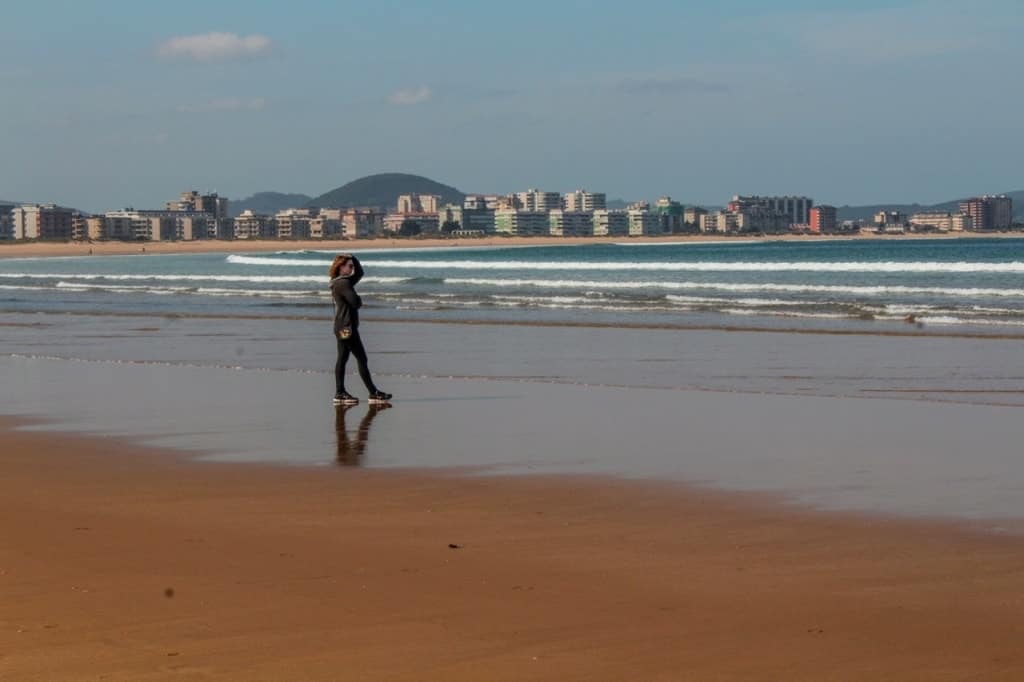
Day 4: Dedicate the entire day to San Sebastián
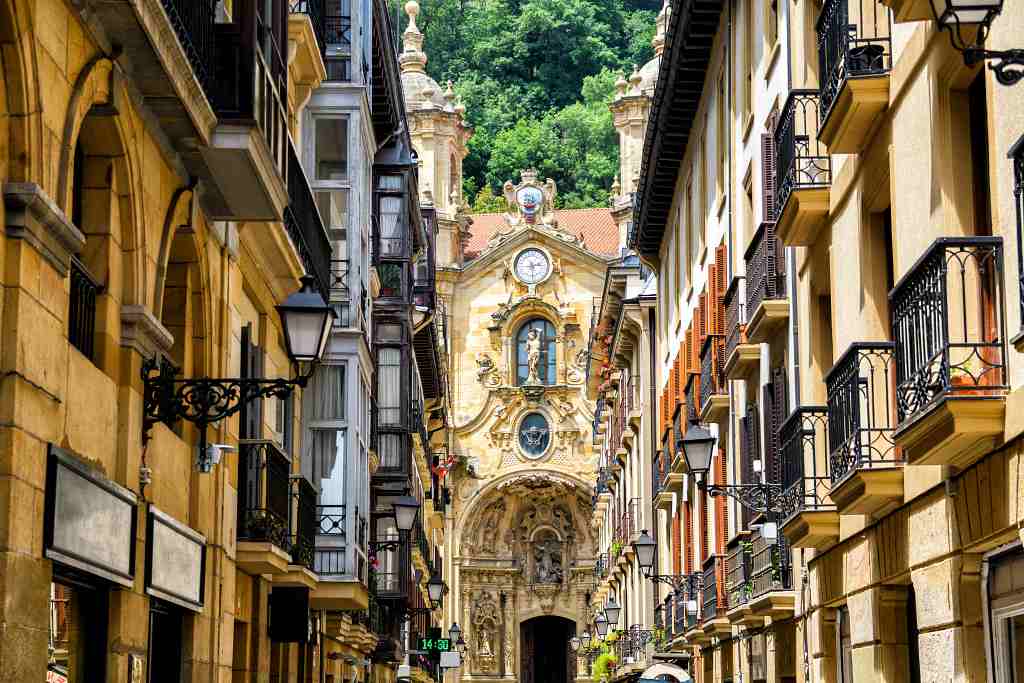
Spend this day in a city that is considered a mini Paris.
There, stroll by the perfect beach in Europe which is also among the best beaches in the world, the famous La Concha Beach. Walk around Parte Vieja also known as the Old Town, pay a visit to Good Shepherd Cathedral and visit the pretty Miramar Royal Palace. The Palace was built in the year 1893 for the queen Maria Cristina who was for 40 summers one of the main “mecenas” of this picturesque and classic city. And by the way, she was the one who put San Sebastian on the map.
Once by Ondarreta beach, stop by the great Eduardo Chillida’s work Peine
If you enjoy walking, a stroll around the famous promenade is a great way to get a feel for this lovely city. Passing by the famous La Perla complex will get you into the city center, also known as the Romantic Area.
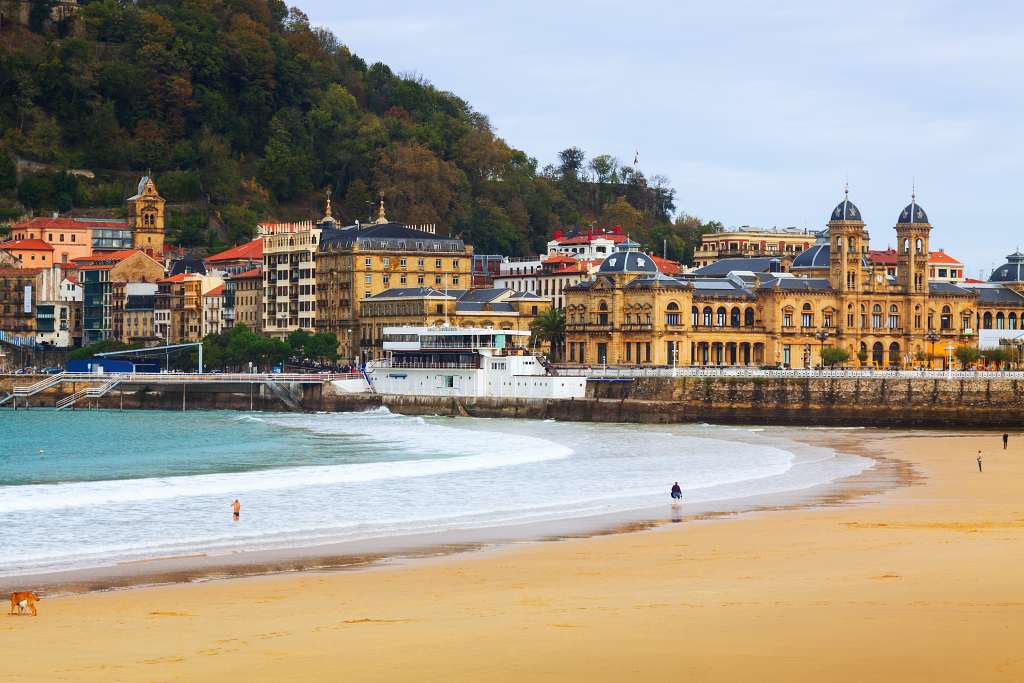
There, the Plaza Gipuzkoa, Avenida de la Libertad, Buen Pastor Cathedral, a lovely City Hall (once the most famous Casino in Europe built-in the year 1887), extravagant Maria Cristina Hotel and the classic Victoria Eugenia’s Theater are true symbols of the Belle Epoque which the city of San Sebastian lived through at the end of the 19th and beginning of the 20th centuries.
After that, cross the Urumea River and explore the beautiful area of Gros. At one point it was called the Garage Neighbourhood.
Crossing the river back will get you to enter Parte Vieja (the Old Town). Through its quite old and narrow streets, you can discover the charming world of pintxos, restaurants, and private Gastronomic Clubs, mixed with the kind and friendly people of Donostia.
Another suggestion for you is to stop at the central food market of La Bretxa. It is a great place to discover the main secrets of world-renowned Basque cuisine. Interact with the farmers and explore local food stands with fish, ham, olive oil, and meats.
Day 5: Pasajes de San Juan and Hondarribia
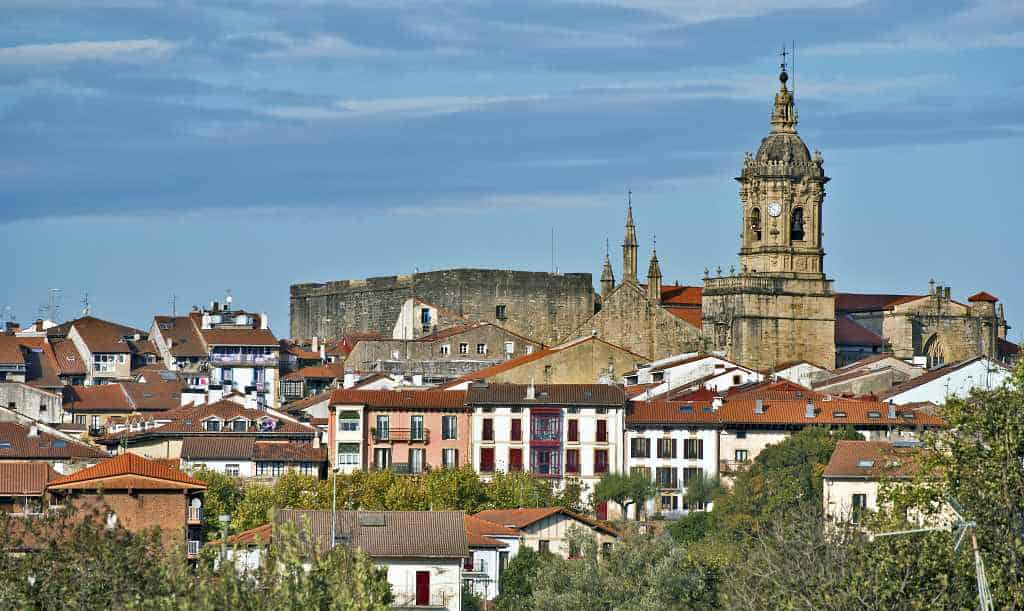
Pasajes San Juan or Pasai Donibane in Basque Country is a small village located just ten kilometers from San Sebastian. It is part of a quite larger region called Pasajes, composed of Trinxerpe, San Juan, San Pedro, and Antxo, situated around a river and surrounded by the sea and mountains. All these towns are worth a visit and can keep you busy for one long day.
Without a doubt, the most charming village in the Pasajes region is San Juan. Upon arrival, you will notice the strong fishing tradition of this wonderful town as well as the strong Basque character of its people.
One of the most adventurous ways to get to this charming village is on a very enjoyable hike through Ulia Mountain. If you don’t have a car, it is easy enough to walk (or hike) from San Sebastián to Pasaia from where you can take a ferry to another side to San Juan.
On the way, get a snack and a drink in a local fishermen bar.
In the afternoon time, you can go to the border with France and explore the lovely town of Hondarribia.
Days 6 to 7: Natural Parks of the Basque Country
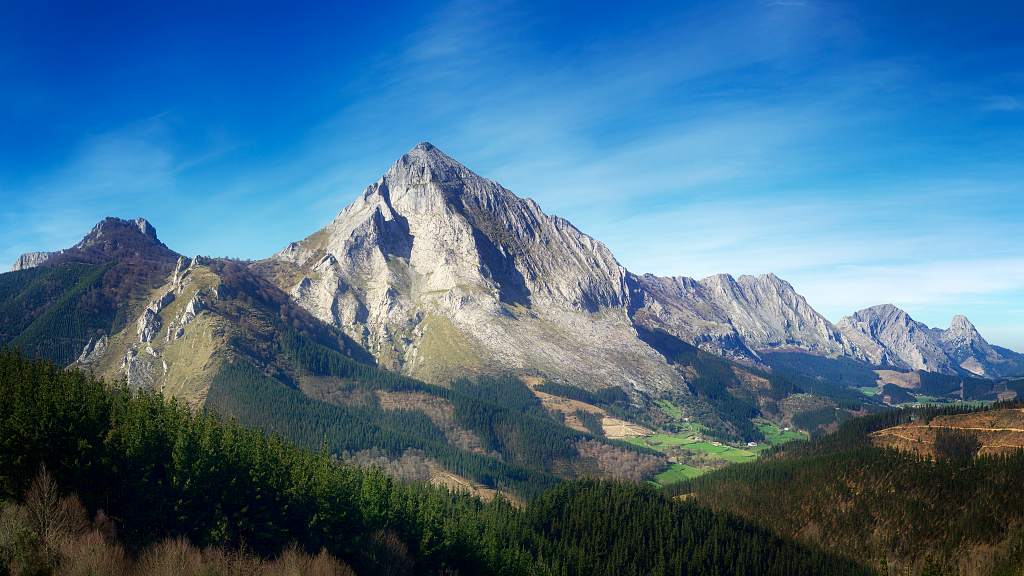
No matter where you decide to base yourself during the week in the Basque Country, it is easy enough to get away from the cities and explore the region’s natural parks.
If you have not done already, your best bet is to hire a car for this next section of the itinerary.
Urkiola Natural Park is conveniently located between Bilbao, San Sebastián, and Vitoria-Gasteiz. In case, you want to stay overnight near the park, there are so many rural hotels and lots of chances for hiking and climbing.
On the last day in the Basque Country, drive an hour and a half southeast to another natural park – Aizkorri-Aratz, filled with limestone peaks and huge beech wood forests. And from there, it is easy to go back to your starting point and finish a week-long adventure.
Anya writes on her blog Road is Calling about slow travel lifestyle through life and work around the world. Her main goal is to share her knowledge of the hospitality business, online entrepreneurship, and how to become an expat through finding jobs abroad. Also, she loves showing destinations outside the main touristy sights and inspires others to venture to under-the-radar places.
You might also like:
A Road Trip in Andalucia
A 10 day Spain Itinerary
A 7 Day Spain Itinerary.

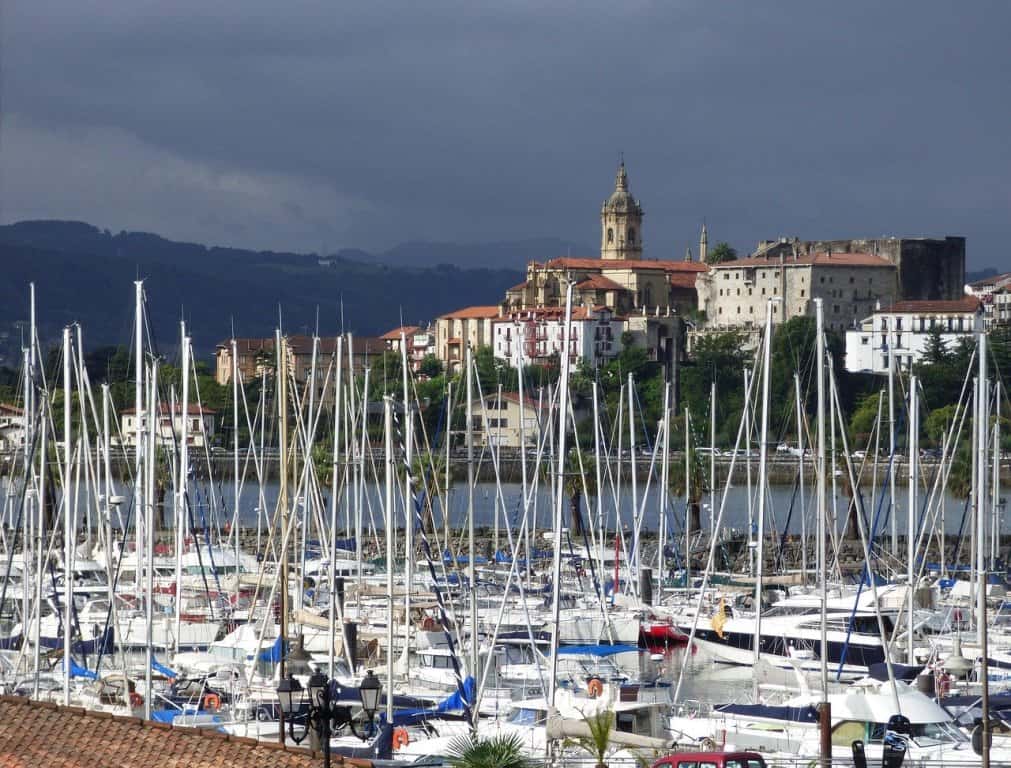
Nice city